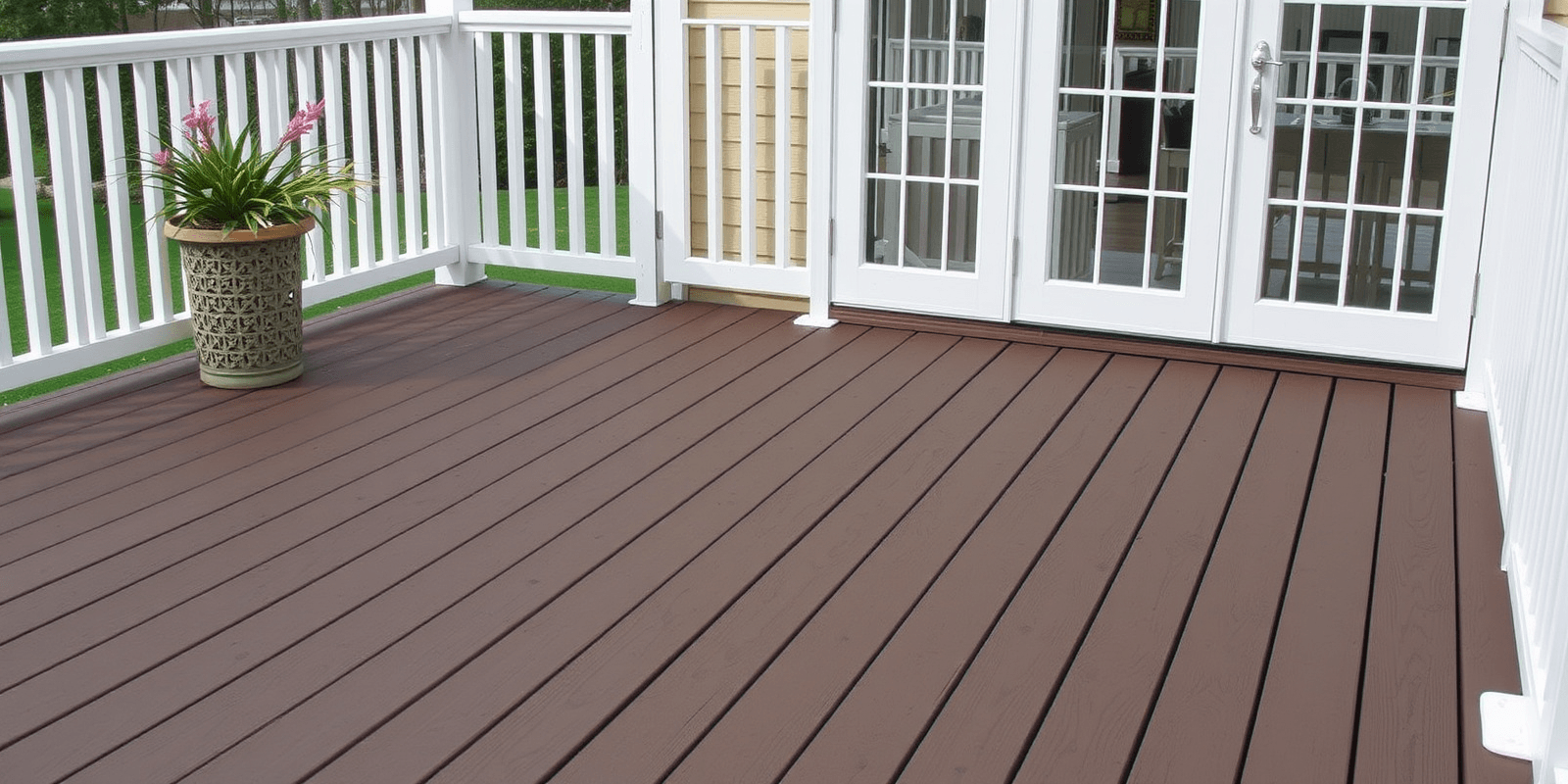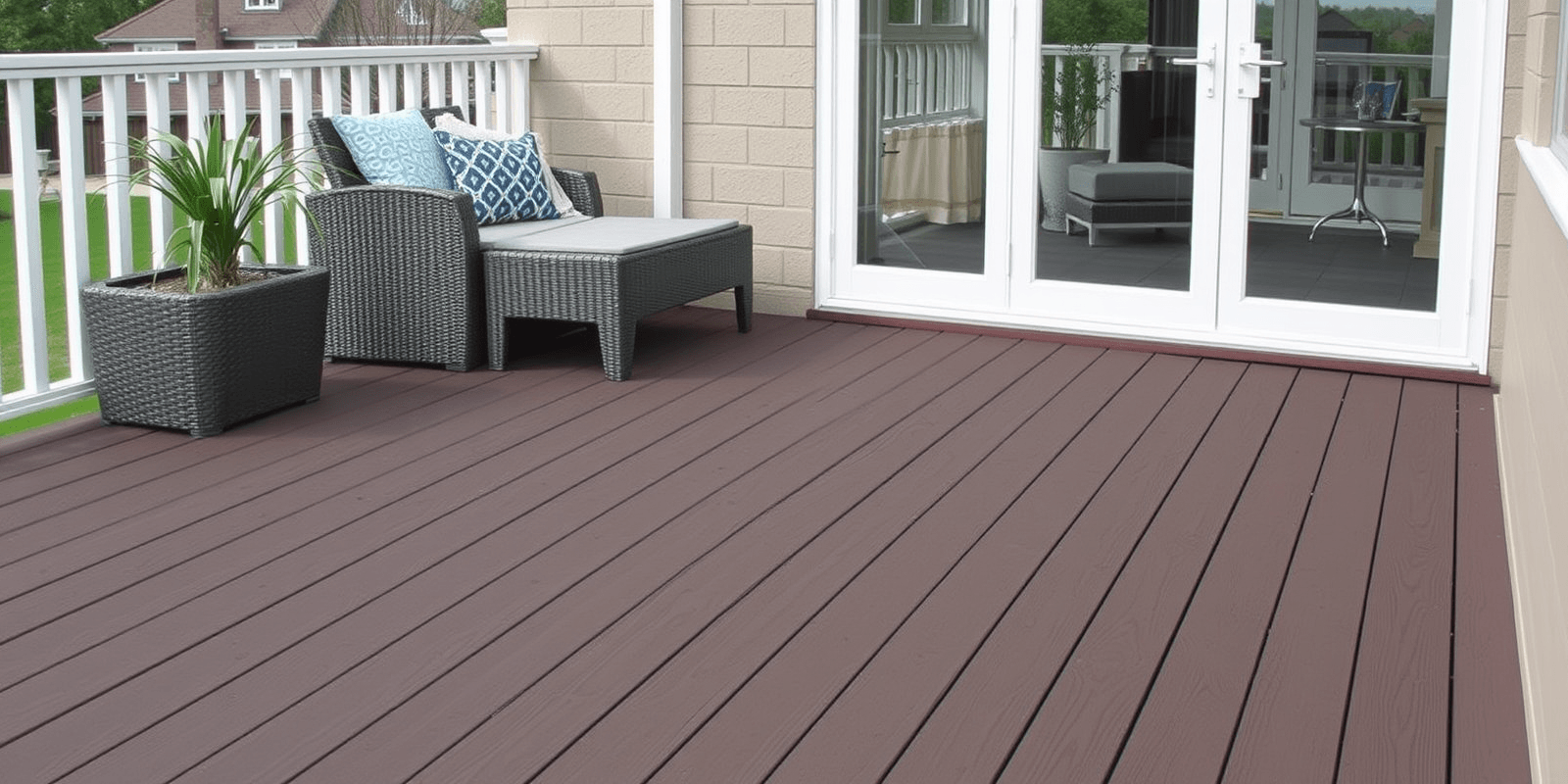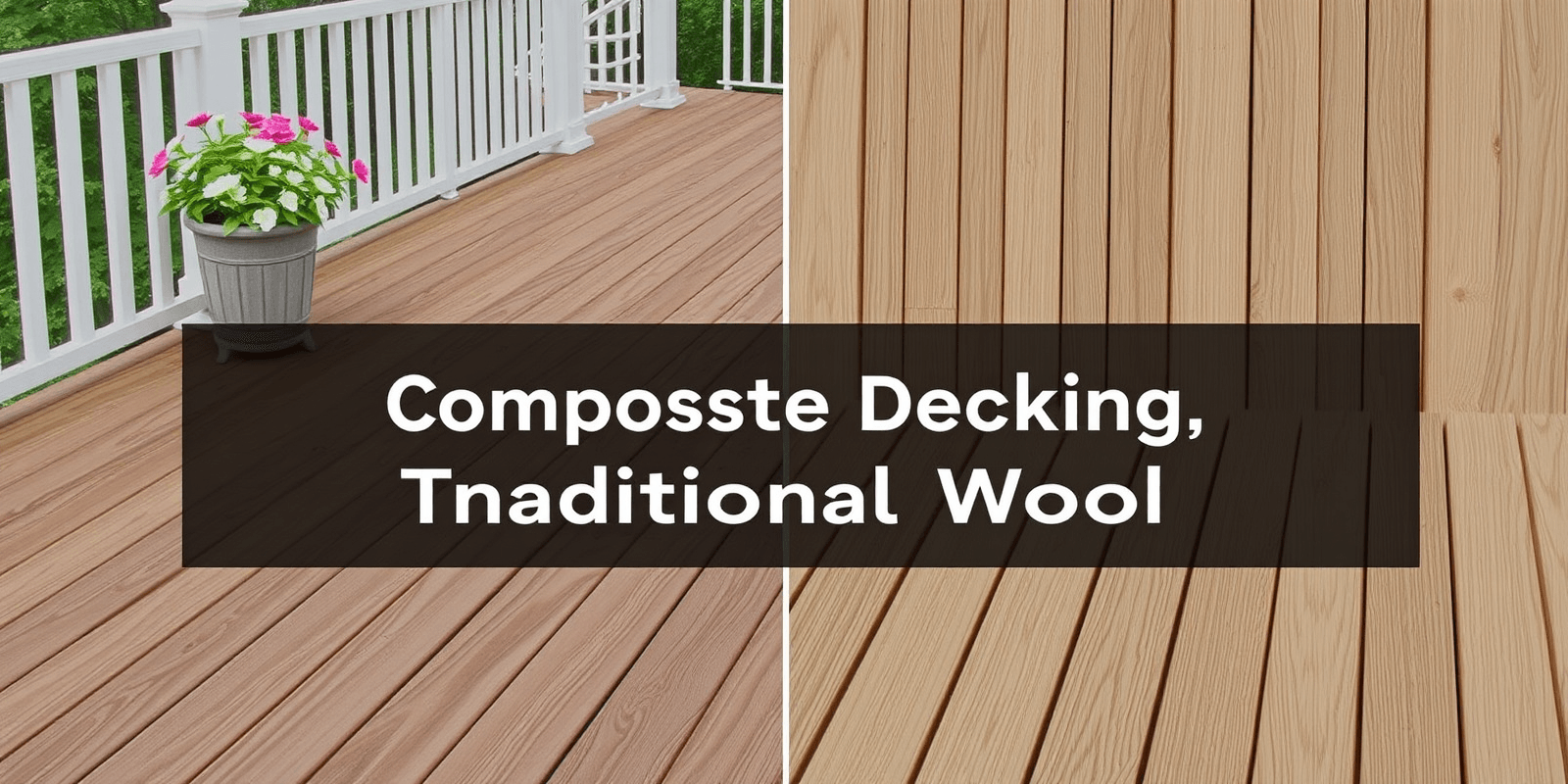Composite Decking Material
Introduction
Composite decking material has become a popular choice for homeowners looking to create an outdoor living space that is both attractive and low-maintenance. Unlike traditional wooden decks, composite decking is made from a combination of wood fibers and plastic resins, which provide enhanced durability and resistance to weathering. In this article, we will discuss the pros and cons of different types of composite decking materials, such as those made from wood-plastic composites (WPC) and cellular PVC. We will also provide tips on how to select the most suitable material based on factors like durability, cost, appearance, and maintenance requirements.
Wood-Plastic Composites (WPC)
Wood-plastic composites are one of the most common types of composite decking materials. These materials combine wood fibers with thermoplastic polymers, typically high-density polyethylene (HDPE), polypropylene (PP), or polyvinyl chloride (PVC). The resulting product is a durable, long-lasting, and low-maintenance alternative to traditional wood decking. One of the key benefits of WPC is its resistance to rot, insects, and moisture, which makes it ideal for outdoor use in various climates. However, WPC can be more expensive than traditional wood decking, and some products may not have a natural wood appearance. Additionally, while WPC is generally resistant to fading, some colors may fade over time due to exposure to UV rays.
Cellular PVC
Another type of composite decking material is cellular PVC, which is made entirely from PVC resin. Cellular PVC is known for its excellent resistance to moisture, insects, and decay, making it a popular choice for humid or coastal areas. Unlike WPC, cellular PVC does not contain any wood fibers, which means it is completely resistant to mold and mildew. This material also offers a smooth, consistent surface that is easy to clean and maintain. However, cellular PVC is often more expensive than WPC and may not be as durable under heavy foot traffic. Additionally, while cellular PVC is available in a variety of colors, it may not have the same natural wood appearance as WPC.
Tips for Selecting Composite Decking Material
When selecting composite decking material, it’s important to consider several factors, including durability, cost, appearance, and maintenance requirements. Here are some tips to help you choose the most suitable material:
- Durability: Look for materials that are resistant to rot, insects, and moisture. WPC and cellular PVC are both good choices in this regard.
- Cost: While both WPC and cellular PVC are more expensive than traditional wood decking, the cost difference can vary depending on the specific product and brand. Be sure to compare prices and read reviews before making a decision.
- Appearance: Consider whether you prefer a natural wood appearance or a smoother, more uniform look. WPC tends to have a more natural wood appearance, while cellular PVC offers a consistent surface without the grain patterns found in wood.
- Maintenance: Both WPC and cellular PVC require minimal maintenance compared to traditional wood decking. However, cellular PVC may be easier to clean and maintain due to its smooth surface.
Conclusion
Composite decking material offers a durable, low-maintenance alternative to traditional wood decking. When choosing between WPC and cellular PVC, consider factors such as durability, cost, appearance, and maintenance requirements. By carefully evaluating these factors, you can select the most suitable material for your outdoor living space.



